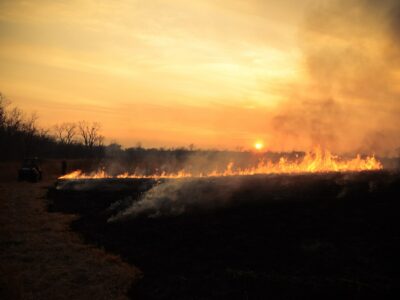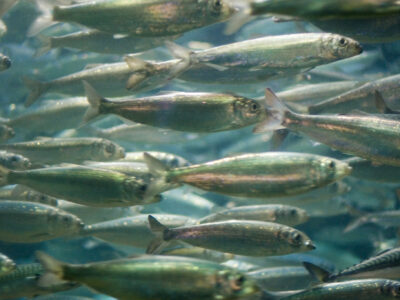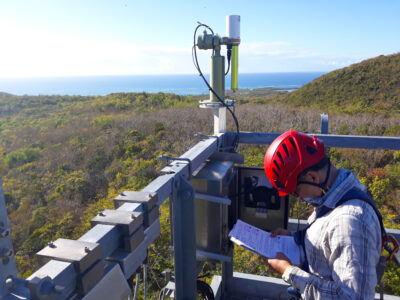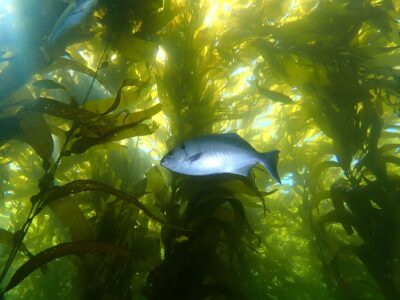Consumer Absence Generates Ecological Dissimilarity (CAGED)

Consumer Absence Generates Ecological Dissimilarity (CAGED): A cross-ecosystem synthesis exploring the consequences of consumer loss on community variability Consumers are disappearing from ecosystems across the globe, the effects of which influence how the remaining community looks and functions. Recent case studies suggest that consumer loss leads to increased community variability across space. However, it remains… Read more »



















